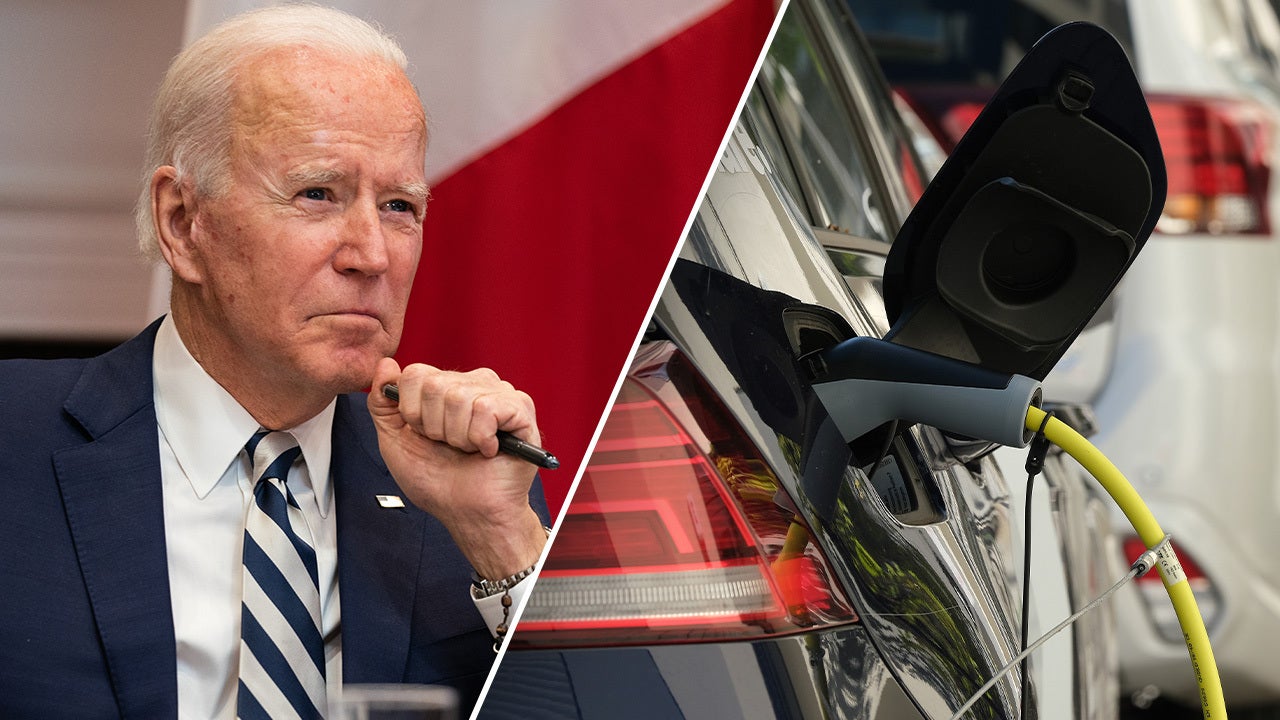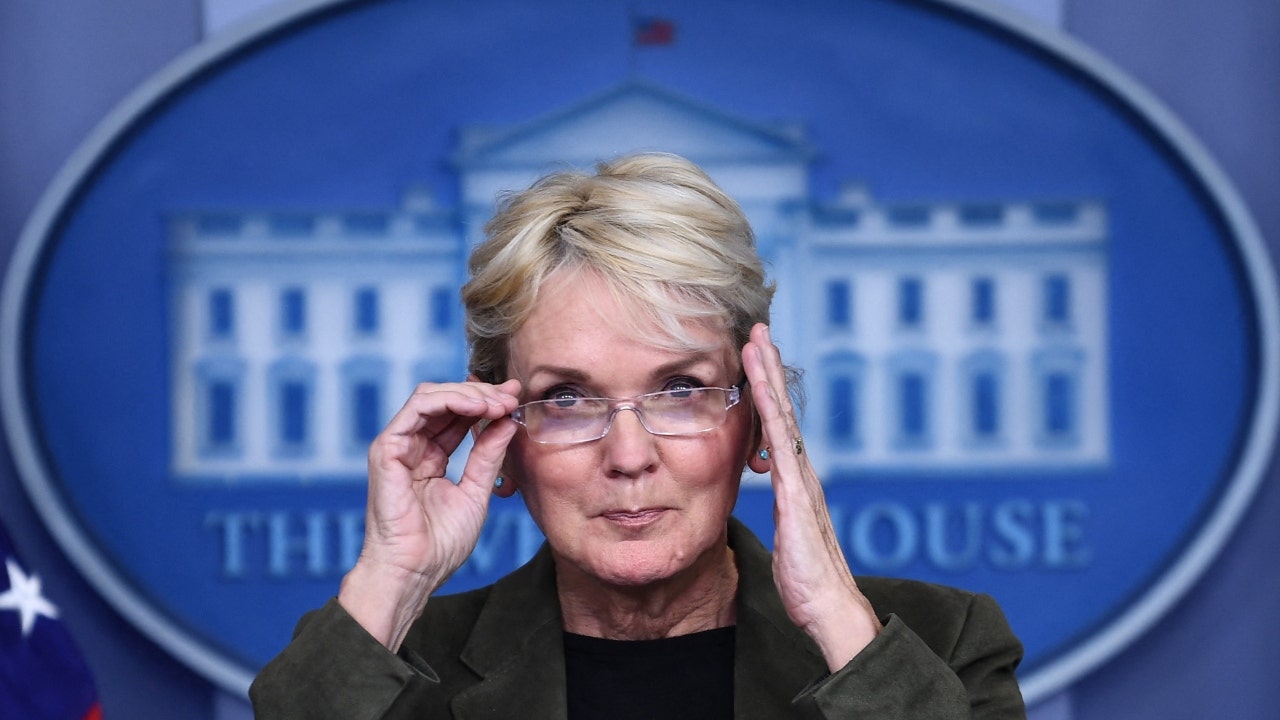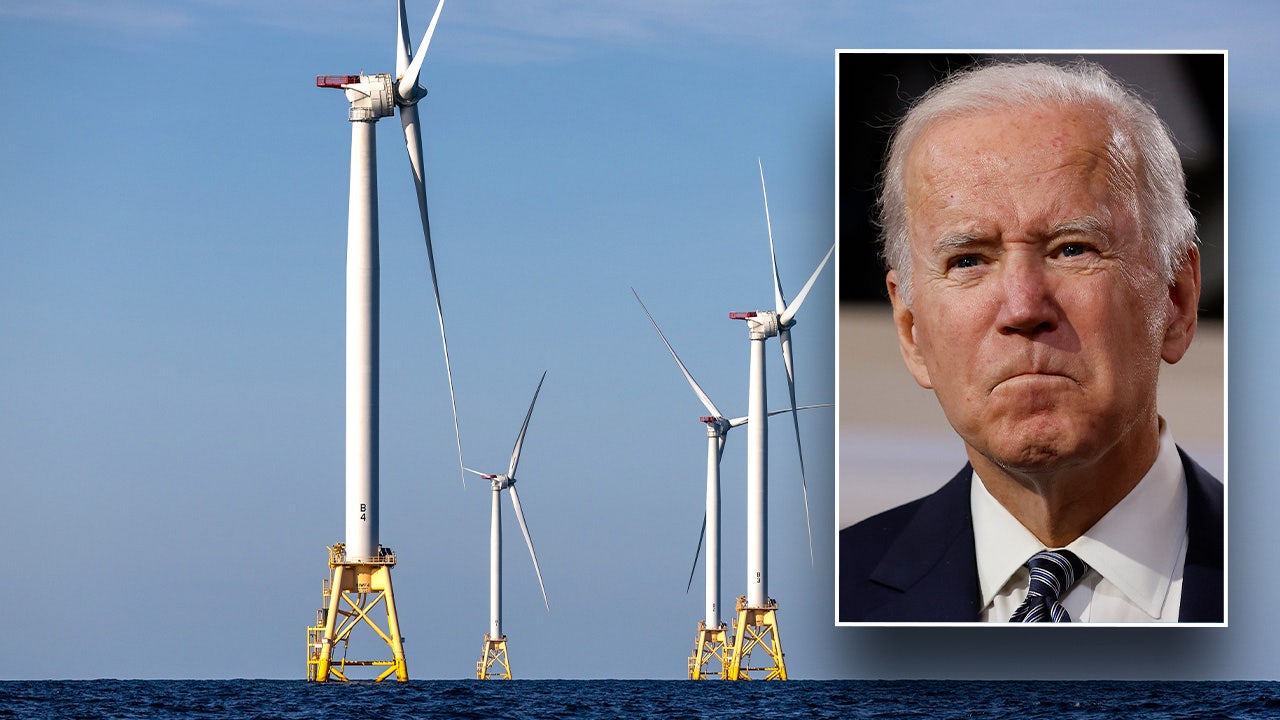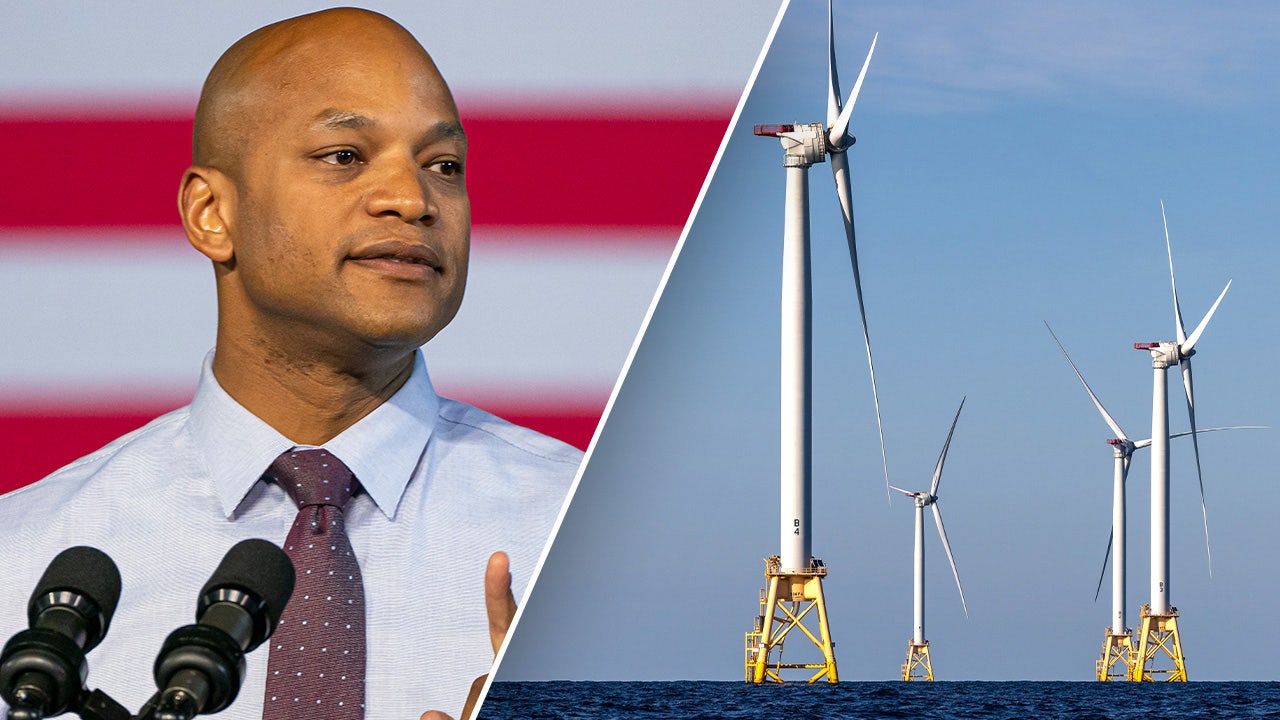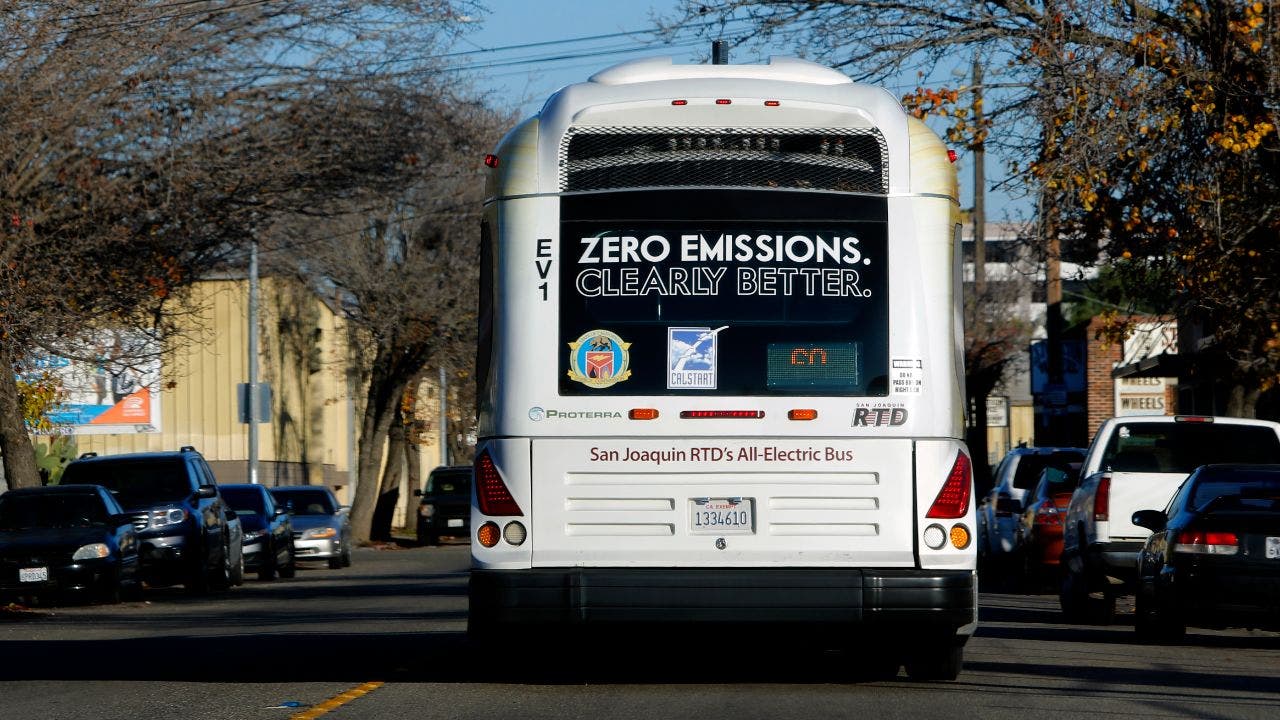A major energy developer is pulling out of contracts it entered into with the State of Maryland to build two large offshore wind farms in a blow to Democrats' green energy goals.

www.foxnews.com
Multinational energy developer Orsted unexpectedly withdrew from agreements
with the State of Maryland to develop two offshore wind projects, citing worsening economic conditions.
Orsted announced that it had pulled out of orders which the
Maryland Public Service Commission (PSC) issued years ago greenlighting the so-called Skipjack Wind 1 and Skipjack Wind 2 projects, and selecting the projects for a 20-year Offshore Renewable Energy Credit (OREC). Maryland Democrats repeatedly pointed to the Skipjack Wind development as a key part of the state's aggressive decarbonization agenda.
"Today’s announcement affirms our commitment to developing value creating projects and represents an opportunity to reposition Skipjack Wind, located in a strategically valuable federal lease area and with a state that is highly supportive of offshore wind, for future offtake opportunities," David Hardy, Orsted's group executive vice president and CEO of its Americas division, said Thursday in a statement.
"As we explore the best path forward for Skipjack Wind, we anticipate several opportunities and will evaluate each as it becomes available," he continued.
Hardy added that the decision was made in light of "challenging economic circumstances." According to Orsted, the ORECs set forth under the company's agreement with the state are no longer commercially viable as a result of market conditions, including inflation, high interest rates and supply chain constraints.
The developer, though, hasn't canceled the project altogether and will continue to advance its development and permitting, additionally submitting an up-to-date Construction and Operations Plan to the
U.S. Department of the Interior. Orsted said the move allows it to reposition Skipjack Wind for future offtake opportunities.
"Governor Moore is disappointed by the news of Ørsted’s repositioning of the Skipjack Wind project, an effort that has the capacity to impact the lives of so many Marylanders," Carter Elliott, a spokesperson for Democratic Maryland Gov. Wes Moore, told Fox News Digital in an email.
"However, he will continue to work with legislators, Maryland’s federal partners, offshore wind developers, and advocates that see Maryland’s potential in order to build a system to help Maryland reach the state’s goal of 100% clean energy by 2035," Elliott added. "If this is going to be Maryland's decade, we must continue to push forward to reach the state's ambitious climate goals, and the governor is as committed as ever to doing just that."
Overall, the joint project was set to be constructed roughly 20 miles off the coast of the Delmarva Peninsula near the Maryland-Delaware border and be commissioned by 2026. The two projects were projected to have a total capacity of 966 megawatts, enough to
power hundreds of thousands of homes.
The announcement, though, leaves Maryland with just two proposed offshore wind projects: the 300-megawatt MarWin project and the 800-megawatt Momentum Wind project, which are both set to be built off the coast of Ocean City, Maryland, and are being developed by the Baltimore firm US Wind.
"Yesterday’s news from Orsted is disappointing — the Skipjack project was an important component in advancing Maryland’s clean energy goals," Maryland PSC Chairman Frederick Hoover said in a statement.
"However, the Commission remains optimistic about the future of the offshore wind industry in Maryland, and would note that the US Wind project continues to move through the federal approval process," Hoover added.
Republican Maryland Rep. Andy Harris, though, cheered Orsted's decision, which came days after he and other lawmakers held a public hearing calling for the end of offshore wind industrialization in Maryland.
"This is welcome news for the many watermen and residents in Maryland who have made it clear they don’t want foreign-owned offshore wind companies industrializing their coasts," he said in a statement.
Meanwhile, the Skipjack Wind projects are among several that have faced headwinds amid economic uncertainty. In November, Orsted
announced that it had canceled its Ocean Wind 1 and Ocean Wind 2 twin projects off the coast of New Jersey, and, earlier this month, energy firms Equinor and BP pulled out of a contract with the State of New York for their Empire Wind 2 project.
The actions threaten to crush green energy goals set by Democratic-led states and the Biden administration.
President Biden has set goals of deploying 30 gigawatts of offshore wind energy by 2030, the most ambitious goal of its kind worldwide, and completely decarbonizing the power grid by 2035.
"These projects are unaffordable, they are ridiculous," Dave Stevenson, the director of the Center for Energy Competitiveness at Delaware-based free market think tank Caesar Rodney Institute, told Fox News Digital in an interview. "The question really does become, in light of these disruptions and price increases, why shouldn't we expect more?"
"It just gets worse and worse and worse," said Stevenson, who is also the president of the American Coalition for Ocean Protection. "When you have bad news like this repetitively, it's a clear message that this is not ready for primetime. These projects should just stop. Let's take another path as to how we're going to generate electricity down the road."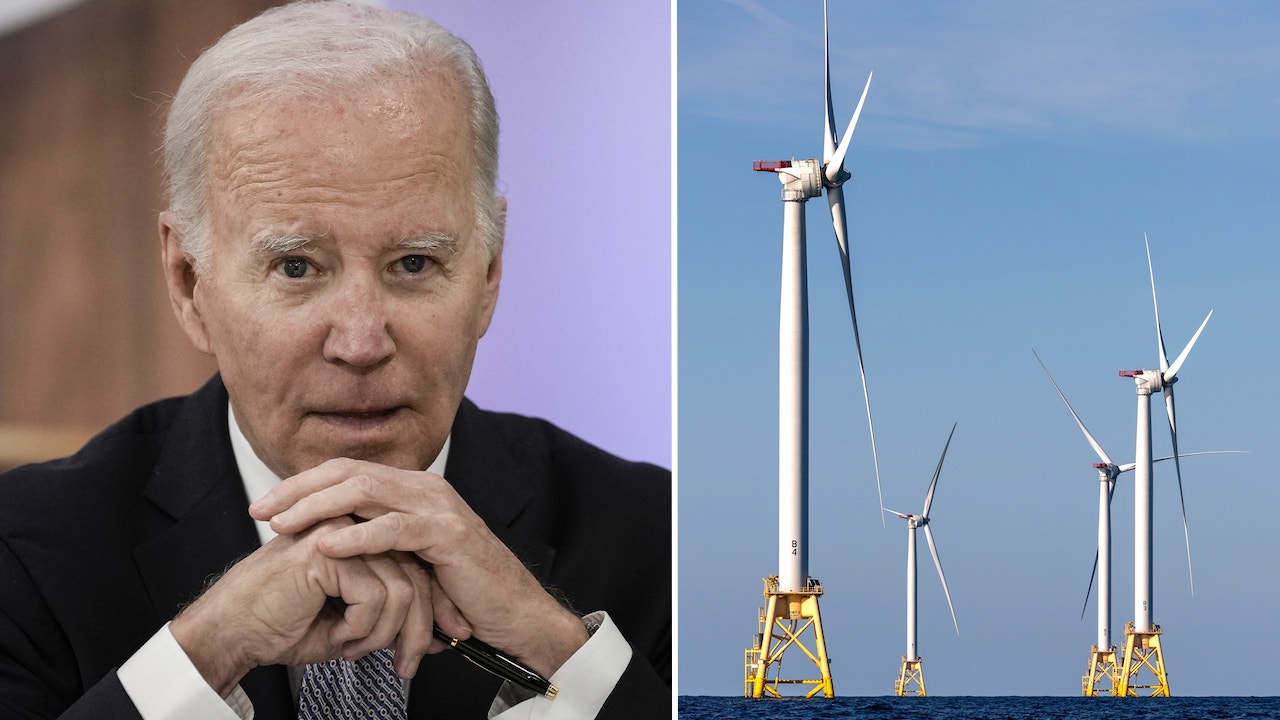
 www.foxnews.com
www.foxnews.com


